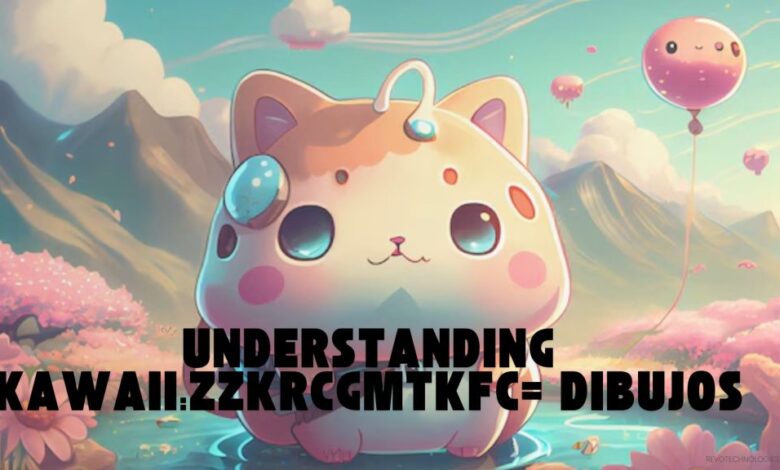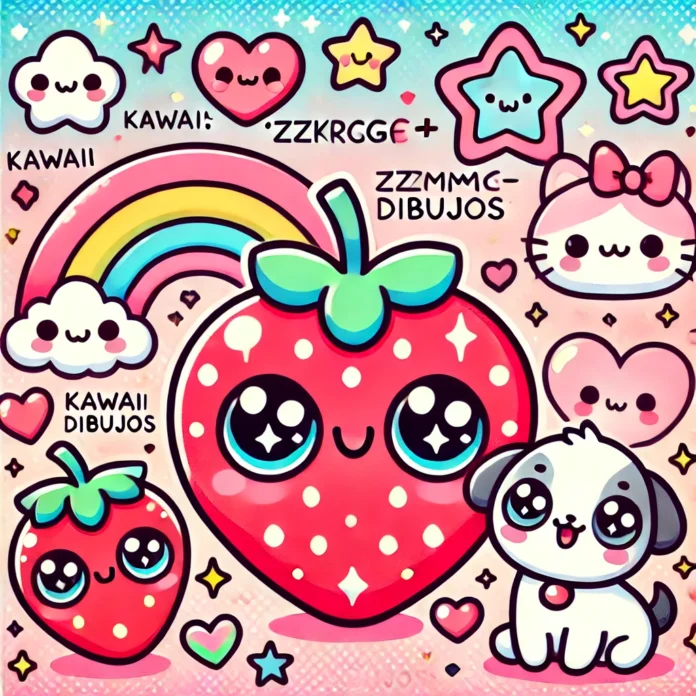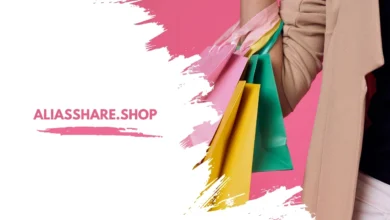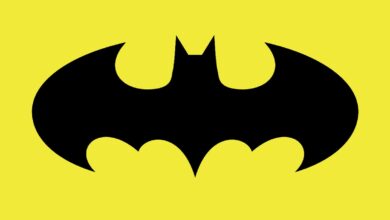The World of Kawaii:zzkrcgmtkfc= dibujos: A Dive into Cute Art

In the vast realm of art, one style has captured hearts worldwide for its charm and irresistible appeal—Kawaii:zzkrcgmtkfc= dibujos. The term “kawaii,” a Japanese word meaning “cute” or “adorable,” has become synonymous with art that features soft colors, simplified shapes, and endearing characters. Whether you are a budding artist or simply someone who enjoys the aesthetic, Kawaii:zzkrcgmtkfc= dibujos hold a special place in the creative world. This article will guide you through everything you need to know about this delightful art form, from its history and characteristics to how you can create your own Kawaii:zzkrcgmtkfc= dibujos.
What is Kawaii:zzkrcgmtkfc= dibujos?

Kawaii:zzkrcgmtkfc= dibujos are illustrations that reflect the essence of “cuteness” in visual art. Originating in Japan, the style focuses on simplistic, child-like designs that evoke feelings of warmth and joy. The word “kawaii” itself embodies more than just cuteness; it encompasses innocence, purity, and sometimes, a sense of playfulness.
While the term dibujos refers to drawings or illustrations, the combination of “kawaii” and “dibujos” creates a visual style that is instantly recognizable. These drawings often feature exaggerated features like large eyes, small noses, and oversized heads to amplify the cuteness factor.
Characteristics of Kawaii
= Dibujos
Some of the main features that define kawaii
= dibujos include:
- Simple and Clean Lines: These drawings avoid intricate details and focus on clean, smooth lines that are easy to recognize and understand.
- Exaggerated Facial Features: Large eyes, small noses, and cute expressions are common in kawaii
- = dibujos. These features convey a sense of innocence and playfulness.
- Soft and Pastel Colors: Soft hues like pink, baby blue, mint green, and lavender dominate the color palette, creating a gentle and soothing look.
- Cute Characters: From animals to food items and even inanimate objects, kawaii
- = dibujos often feature characters that are anthropomorphized or given human-like qualities.
These simple yet captivating designs are what make kawaii
= dibujos so appealing to a wide audience, regardless of age.
The Origins of Kawaii
= Dibujos
While the kawaii culture as a whole can be traced back to Japan, the specific style of kawaii
= dibujos grew in popularity during the 1970s. The trend began with the rise of “kawaii culture” in Japan, fueled by youth subcultures and pop culture movements.
Early Beginnings
The concept of cuteness was not entirely new to Japan; however, it became more prominent when young people began to express their desire for art that was playful and lighthearted. During this time, artists like Sanrio (the creators of Hello Kitty) began to shape the way kawaii was perceived. The Hello Kitty character, for instance, embodied the innocence and charm that would become a hallmark of kawaii art.
Evolution into Global Phenomenon
By the 1990s, kawaii
= dibujos began to spread beyond Japan’s borders. The rise of the internet and social media platforms allowed fans to share their creations and appreciation for kawaii-style art. As a result, kawaii became a global sensation, influencing not only art but also fashion, advertising, and even mainstream pop culture.
The Appeal of Kawaii
= Dibujos Worldwide
What makes kawaii
= dibujos so universally loved? The answer lies in the emotional response they evoke. These adorable illustrations are designed to make people smile, feel relaxed, and experience joy. Here are a few reasons why kawaii art has such a broad appeal:
Emotional Connection
Kawaii
= dibujos are designed to tap into a person’s desire for warmth and affection. The exaggerated facial expressions, soft colors, and simple shapes make them accessible and endearing. They remind people of the innocence of childhood and evoke nostalgia for simpler times.
Stress Relief
In a fast-paced world filled with stress and uncertainty, looking at kawaii
= dibujos can provide a sense of comfort. The cute and non-threatening nature of the art can be incredibly calming, offering a momentary escape from daily pressures.
Accessibility and Relatability
Unlike other forms of art that may seem complex or hard to understand, kawaii
= dibujos are easy to appreciate. They don’t require extensive knowledge of art history or theory to enjoy. Their simplicity allows people of all ages and backgrounds to connect with them.
Common Themes in Kawaii
= Dibujos
Kawaii
= dibujos cover a broad range of themes. From animals to food to everyday objects, this style of illustration has no boundaries. However, certain themes tend to stand out in the world of kawaii art.
Animals
Animals, particularly small and fluffy ones, are often central figures in kawaii art. Characters like cats, dogs, and bunnies are commonly transformed into adorable characters with big eyes and endearing personalities. These animal-inspired drawings make the art feel playful and innocent.
- Example: A bunny character with oversized ears and a tiny nose, smiling happily as it hops around.
Food
Food items, especially sweet treats, are frequently featured in kawaii
= dibujos. These cute drawings often give anthropomorphic qualities to items like cupcakes, cookies, and ice cream cones, turning them into lovable characters.
- Example: A smiling donut with eyes and a colorful icing topping, exuding cuteness in every detail.
Nature
Even natural elements like clouds, flowers, and stars get the kawaii treatment. These objects are transformed into lovable characters, often with happy expressions and minimalistic features.
- Example: A fluffy cloud with a happy face floating in a bright, pastel sky.
How to Create Your Own Kawaii
= Dibujos
If you’re inspired by the world of kawaii
= dibujos and want to try creating your own cute art, here’s a simple guide to help you get started:
- Start with Simple Shapes
One of the key characteristics of kawaii art is its simplicity. Begin by sketching basic shapes such as circles, ovals, and triangles. These shapes form the foundation of your characters and objects.
- Example: Start with a round face, add small ears, and simple lines for limbs and features.
- Focus on Big Eyes and Small Noses
Incorporate large, expressive eyes to convey emotion. Kawaii characters often have eyes that take up a significant portion of the face, which helps make them appear more adorable. The nose should be small and subtle, if not absent entirely.
- Example: Draw big, sparkling eyes and a tiny dot for a nose.
- Use Soft Colors
Select soft, pastel colors for your artwork. Think light pinks, baby blues, pale yellows, and mint greens. These colors enhance the cute and gentle nature of your design.
- Example: Color the character’s clothing in light lavender and the background in pale blue for a soothing effect.
- Add Accessories and Expressions
Give your characters personality by adding fun accessories like bows, hats, or scarves. Don’t forget to include cute facial expressions like smiles, winks, or even tiny blush marks.
- Example: Add a pink bow on top of your character’s head and give them a big, cheerful smile.
Kawaii
= Dibujos in Modern Pop Culture
Kawaii
= dibujos have had a significant influence on modern pop culture. From fashion to media, the aesthetic has expanded well beyond the world of art, becoming a staple in various industries.
Fashion and Merchandise
The fashion industry, especially in Japan, has embraced the kawaii aesthetic with clothing and accessories that feature characters from popular kawaii art. Items like plushies, T-shirts, bags, and even shoes often display kawaii designs. Brands like Sanrio and Tokidoki have capitalized on this trend, creating a massive range of merchandise.
Video Games and Anime
Kawaii
= dibujos can also be seen in video games and anime. Characters from beloved series like Pokémon or Sailor Moon have been designed with the same principles of cuteness and simplicity, making them instantly recognizable to fans around the world.
The Future of Kawaii
= Dibujos
As kawaii
= dibujos continue to grow in popularity, it’s exciting to think about how the style will evolve. With the rise of digital art and animation, new technologies are allowing artists to experiment and expand on the kawaii aesthetic. From virtual reality experiences to animated films, kawaii is sure to remain a significant influence on art, fashion, and culture for years to come.
Conclusion: Embrace the Cuteness of Kawaii
= Dibujos
Kawaii
= dibujos offer a wonderful way to connect with art in a lighthearted and joyous manner. The charm of these adorable illustrations lies in their ability to bring happiness to those who view them. Whether you’re a seasoned artist or just a fan of the style, kawaii art invites everyone to experience the world through the lens of cuteness. With their bright colors, playful characters, and heartwarming appeal, kawaii
= dibujos will undoubtedly continue to be a beloved part of global culture for generations to come.





